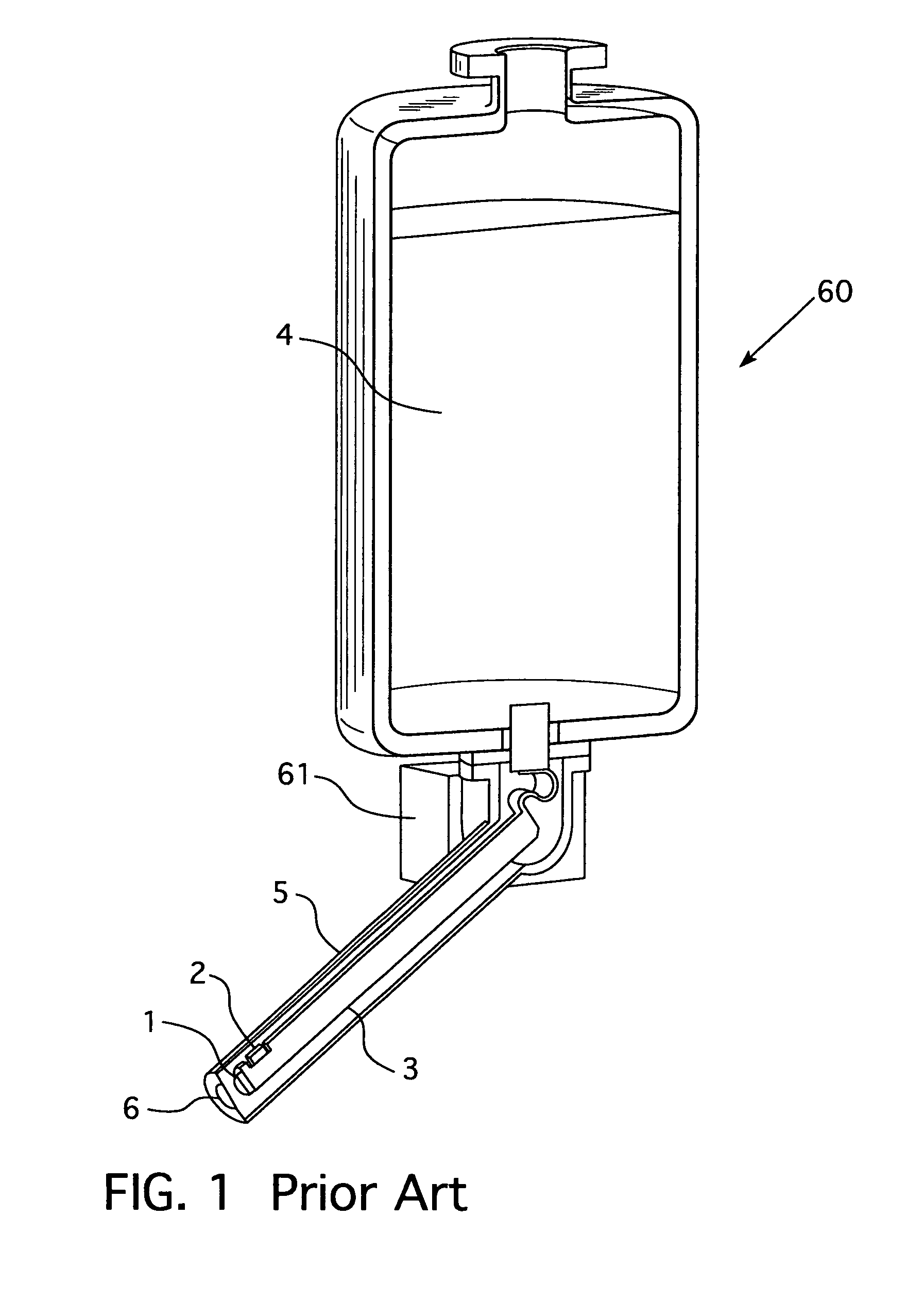Electron microscope with integrated detector(s)
a detector and electron microscope technology, applied in material analysis using wave/particle radiation, instruments, nuclear engineering, etc., can solve the problems of reducing affecting the optical performance of the microscope, and the tube diameter increase limits the optimal placement of the detector, etc., to achieve the effect of efficient and economical manner
- Summary
- Abstract
- Description
- Claims
- Application Information
AI Technical Summary
Benefits of technology
Problems solved by technology
Method used
Image
Examples
example 1
Basic Single-Sensor Detector
[0079]FIG. 5 illustrates a very basic implementation of an integrated EDX detector constructed with a packaged SDD module. The mounting bracket [25] is designed to be attached to the flat “ceiling” surface of the specimen chamber [82] of a particular SEM by means of screw passage holes [81] provided. The detector element [26] is a packaged SDD module [20] of the type shown in FIG. 3. The dimensions of the mounting bracket [25] are chosen such that the SDD module [26] is held in the desired proximity to the specimen with its axis pointing at the nominal impingement point of the microscope's electron beam on the specimen. The threaded thermal stud [15] of the packaged SDD module [26] is screwed tightly into a tapped hole located in the front of the thermal interface stub [27] whose rear portion is tapered and provided with a central tapped hole. The role of the thermal interface stub is to provide an efficient thermal bridge between the packaged SDD module ...
example 2
A Column-Integrated Array Detector
[0089]The prior example illustrated the practical benefits that can be achieved with a very simple application of certain of the principles herein taught. This second example illustrates a more sophisticated implementation that incorporates additional novel practices and provides additional benefits.
[0090]It will have become apparent that an important key to accomplishing an efficient integration of a packaged SDD module into an electron microscope is in achieving a compact thermally-efficient coupling of the packaged SDD module to the secondary TEC module. FIG. 6 illustrates such a mounting. Here the thermal stud of the packaged SDD module [26] is screwed into a tapped hole in the stem of a “tee-shaped” copper stub [32] whose flat face is in contact with the cold face of the second TEC module [30]. A clamping plate [33] with a central opening is employed to clamp the warm face of the second TEC module [30] against a flat thermally-dissipative surfa...
PUM
| Property | Measurement | Unit |
|---|---|---|
| areas | aaaaa | aaaaa |
| area | aaaaa | aaaaa |
| area | aaaaa | aaaaa |
Abstract
Description
Claims
Application Information
 Login to View More
Login to View More - R&D
- Intellectual Property
- Life Sciences
- Materials
- Tech Scout
- Unparalleled Data Quality
- Higher Quality Content
- 60% Fewer Hallucinations
Browse by: Latest US Patents, China's latest patents, Technical Efficacy Thesaurus, Application Domain, Technology Topic, Popular Technical Reports.
© 2025 PatSnap. All rights reserved.Legal|Privacy policy|Modern Slavery Act Transparency Statement|Sitemap|About US| Contact US: help@patsnap.com



